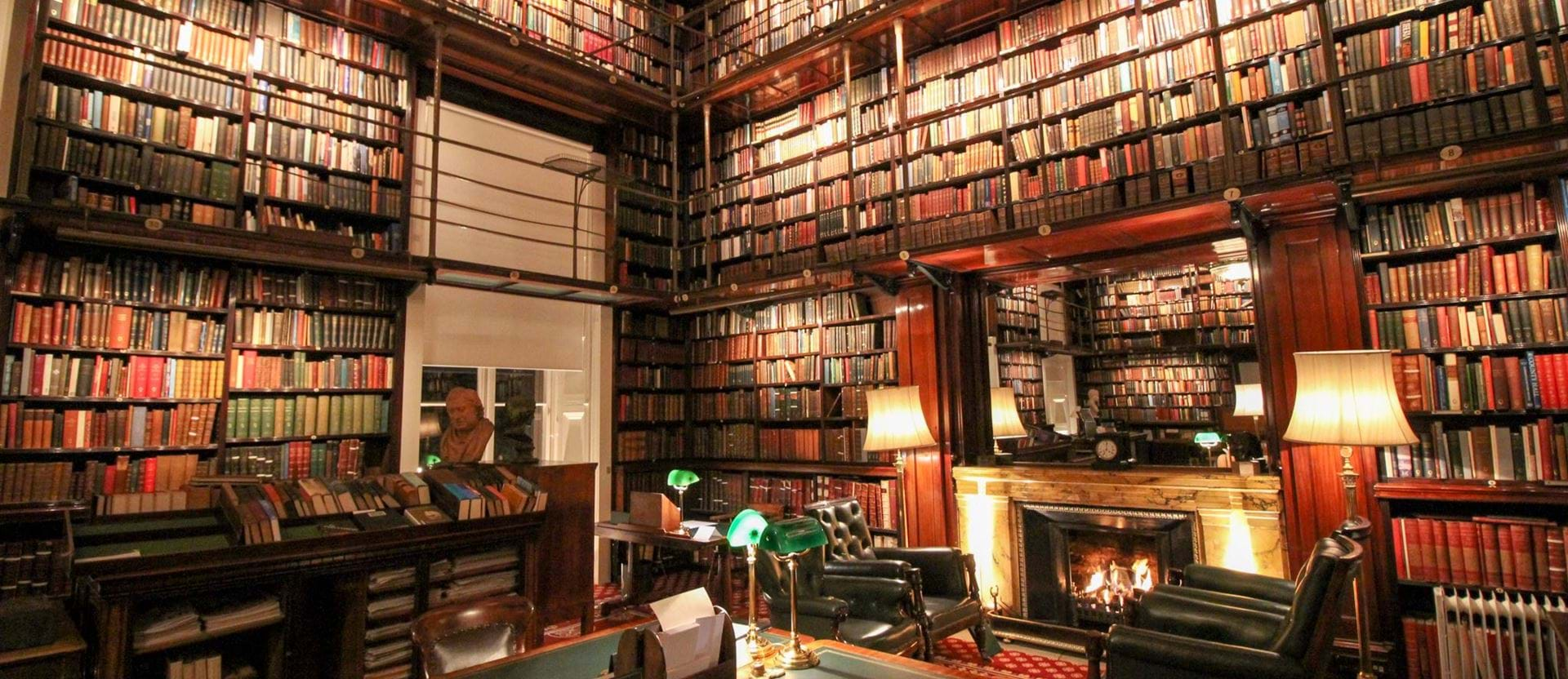
Athenaeum Club
London
Project Background
Founded in 1824, the Athenaeum broke the mould as it was the first private member’s club to allow non-partisan membership based on excellence and achievement rather than wealth or background. Located in a Grade I listed building, designed by Decimus Burton, the club has a rich history that counts Dickens, Darwin, Faraday and Lewis Carrol among its members. DesignPlusLight was involved in the refurbishment of the Athenaeum Club over a period of 10 years, from 2009 to 2019 to upgrade the lighting and bring the Athenaeum into the 21st century while respecting the historical features of the building and creating a design sympathetic to its architecture and aesthetic.
Comprising of a classical entrance hall, double height staircase, grand dining space, coffee lounge, three libraries, reception room, meeting rooms and guest bedrooms, the club has all the features of a boutique hotel in one of London’s finest neighbourhoods. The lighting design needed to involve each area, to ensure the entire club was given a modern upgrade, with the lighting effect married throughout. The aim was to refurbish the club to bring the lighting technology into a modern sphere, while respecting the integrity of the space and ensuring the design was carefully thought out to be sympathetic to the historical listing.
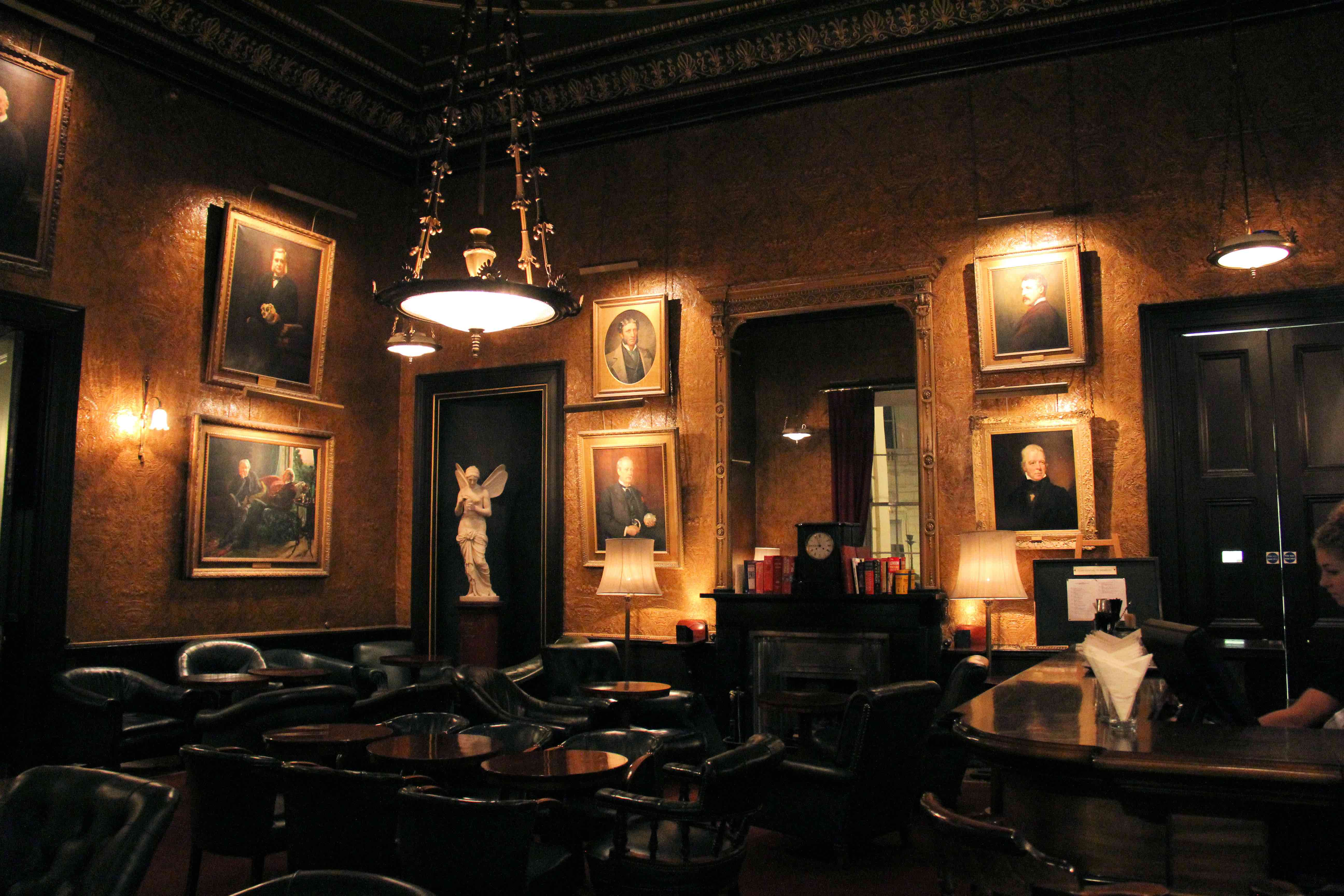
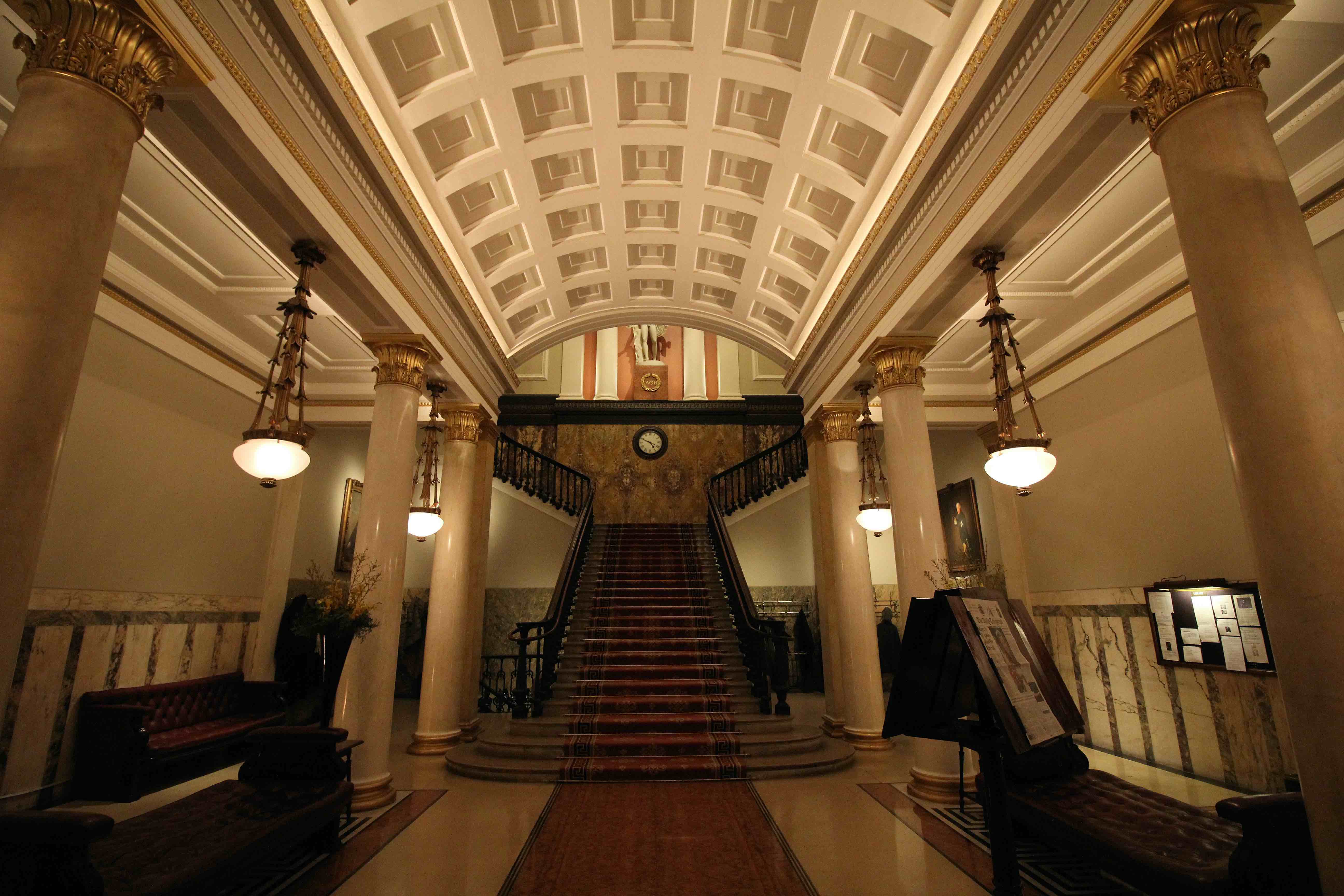
Products used & Challenges faced
A mixture of wired and wireless Rako controls were selected to modernise the lighting system, which used to consist of banks of switches and dimmers that were operated on a daily basis. The proposed Rako control system allowed for simple points of control to each space, offering scene setting at the touch of a button and automatic astronomic time clock operation, while still respecting the listed status of the building and reusing the existing wiring to preserve the structure.
Rako were also able to incorporate boosters that compensated for the thick stone walls, enabling control and connection throughout difficult areas, which simply could not have been achieved with a conventionally wired system in a Grade 1 listed building – with decorative finishes, panelling, and stone flooring.
A further challenge faced was utilising the existing wiring within the space – as a listed building, DesignPlusLight were unable to install any new wiring, so had to be innovative in their technique to use what was already there effectively. Wireless modules now allow separate lighting points in one room to be combined together from a single point of control to create the impression of an integrated system – without having to rewire and physically group everything together.
Sanjit Bahra of DesignPlusLight says; “We selected Rako controls as they have proven to be an excellent solution for heritage projects, where one is often limited to the existing wiring and the listed status creates challenges in bringing new wiring into the space.”
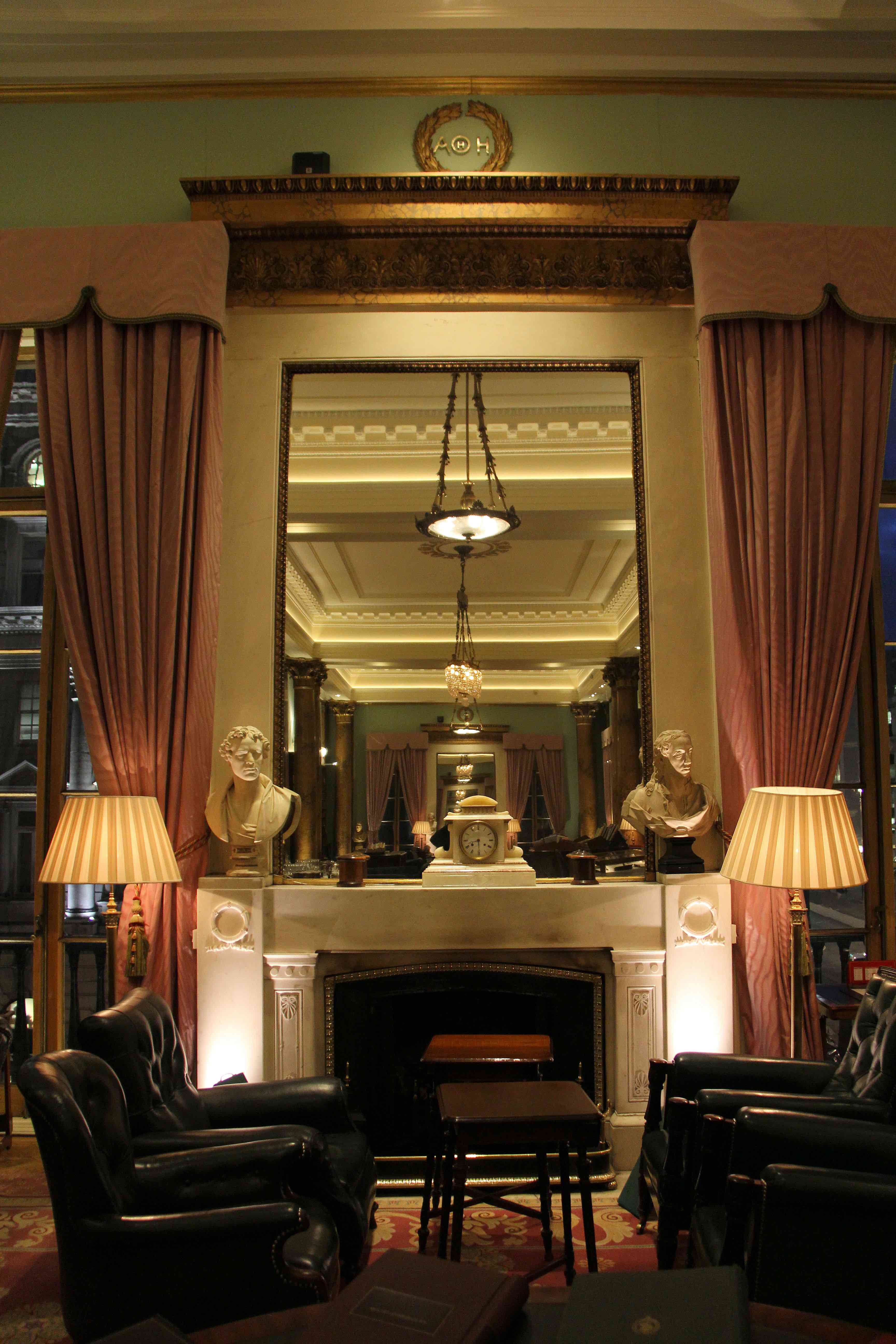
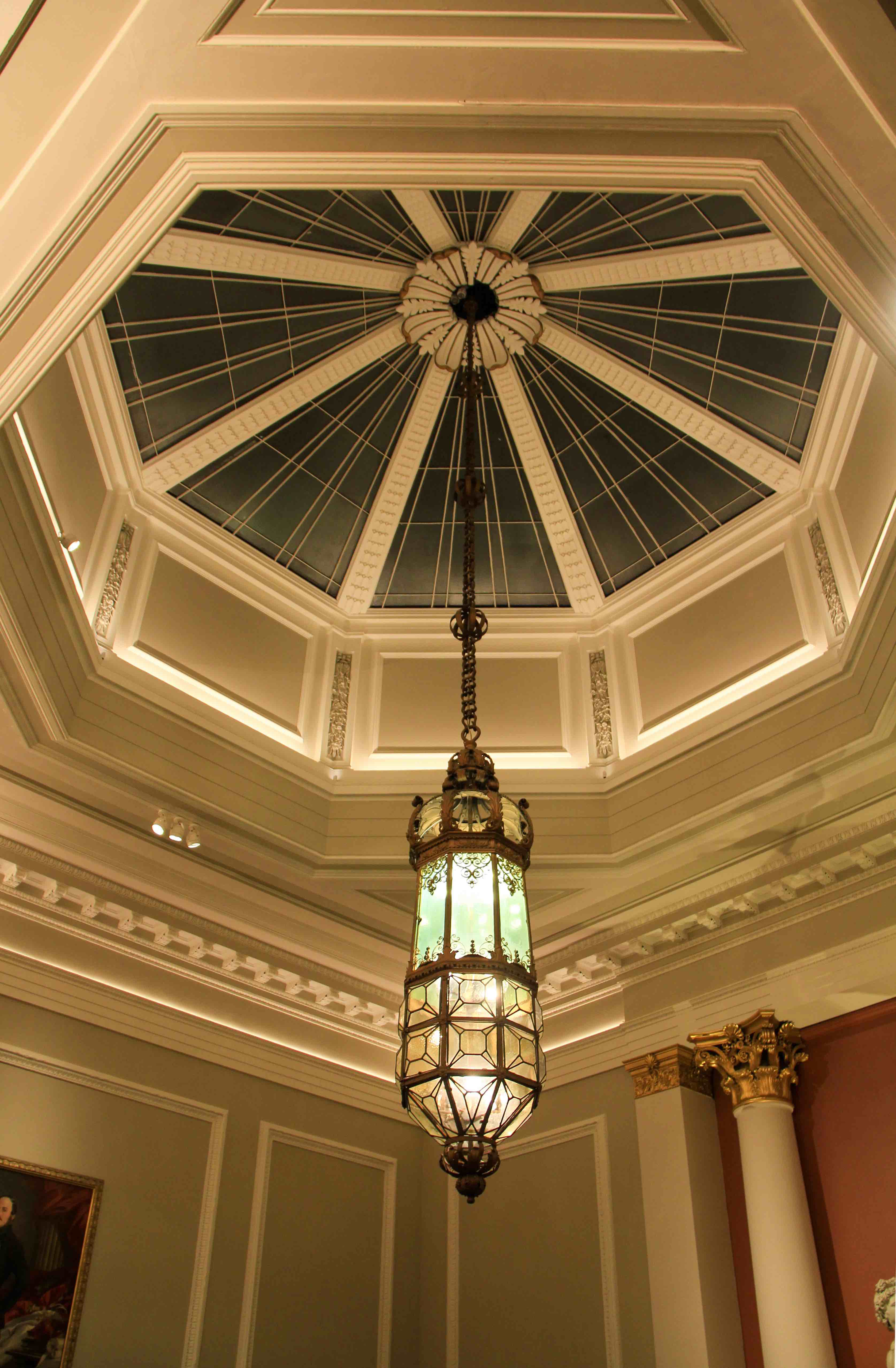
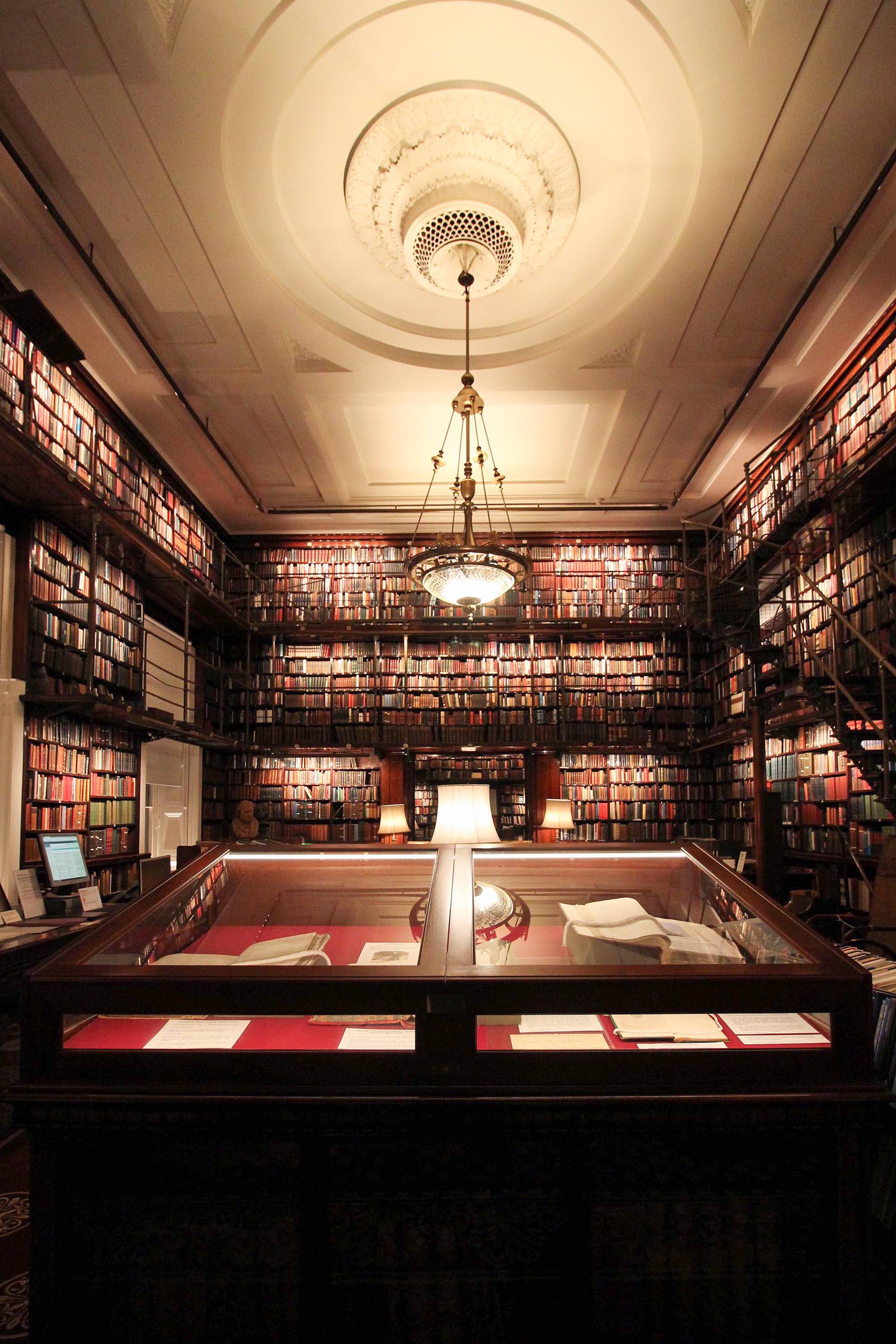
Favourite project features
The design incorporated decorative lighting and unique listed pieces, which DesignPlusLight integrated lighting into throughout the entrance staircase, libraries and coffee lounge. The design focused on hiding fittings within the decorative elements so that the fixtures themselves would not be seen, but the effects of the luminaires would stand out. The enchanting library was brought to life through museum quality picture light modules and a refurbishment of the existing brass rail structure, illuminating the books beautifully.
This library is the jewel in their crown, and it was particularly important to give the impression that nothing had been altered, but still miraculously lit. The coffee lounge was originally illuminated by three brass pendants with globes. The use of candles was incorporated, yet the space felt exceedingly dark and austere at night, or on a winter’s afternoon. By using concealed LEDs to provide the light throughout the space and keeping the pendants as decorative elements, this created the illusion that the pendants continued to provide the light to the room while brightening the space significantly to create a warm and welcoming atmosphere.
During the day the grand staircase is bathed in natural daylight from the glass cupola atop a triple height volume. However, at night it felt incredibly dark and dreary as the only light source was a central pendant that struggled to light the space sufficiently. DesignPlusLight added layers of lighting into the cupola, cornices, and even concealed spotlights to illuminate the artwork and sculpture, with the Rako control units cleverly tucked away and branching off existing supplies.
When a button is pressed the staircase is now illuminated from the entrance up to the very top. Integrating the staircase and common areas on an astronomic time clock meant that the stress of manually changing the lights was taken away and the club was always presented at its best, irrespective of the time of day or season. The Rako controls have added a longevity, ease of use and elevation of the presentation of space that could not have been achieved before.
Sanjit Bahra of DesignPlusLight summarises “As we progressed with the design, we focused on linking decorative elements into the control system to make the integration simple and seamless. This project really has a special place in my heart. I truly feel it showcases the magic of lighting design. One can only be a caretaker of a listed structure. Any refurbishment with new lighting and technology must be sensitive to the style and design aesthetic of the building.
We received incredible feedback from club members about how grand and well-lit the club looks, commenting that they could truly see it for the first time. The members loved it, and when walking into the space seeing it looked resplendent, it was so joyful to see as a lighting designer. I felt a huge responsibility to take care of the building, and I believe that we accomplished this through the lighting design and controls”

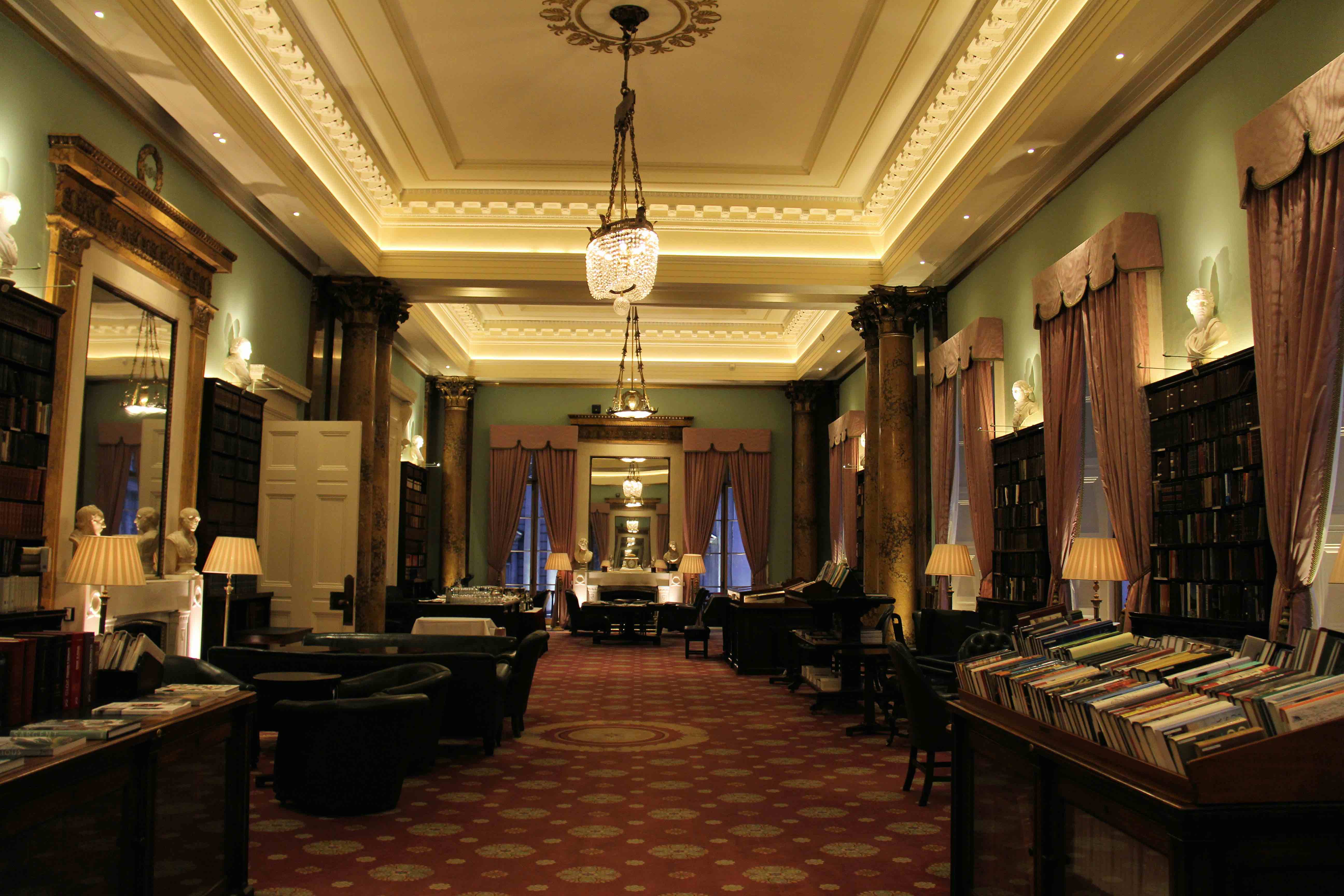
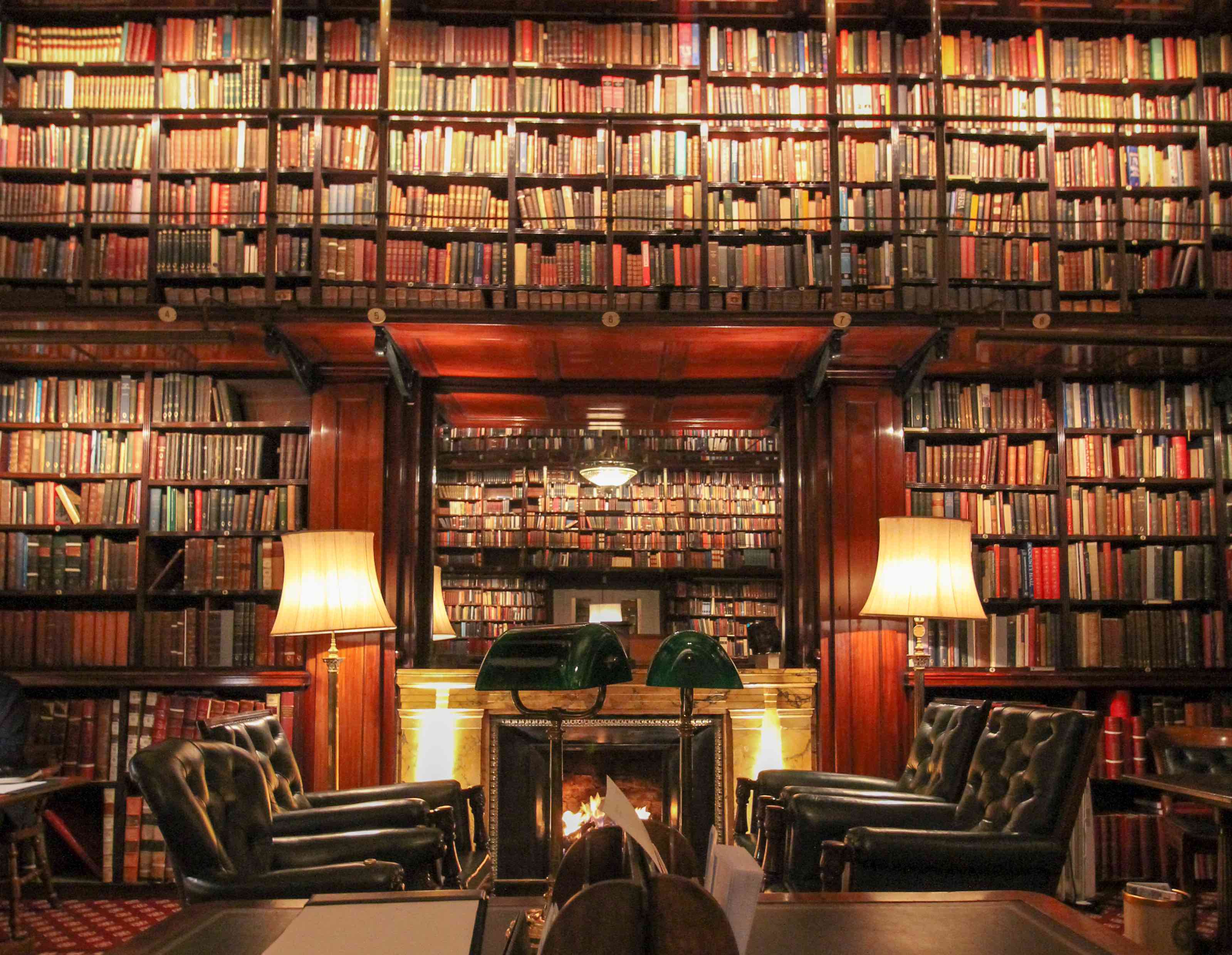
Project Team
- Lighting Designer: DesignPlusLight, Designpluslight.com/
Categories
Hospitality, Historical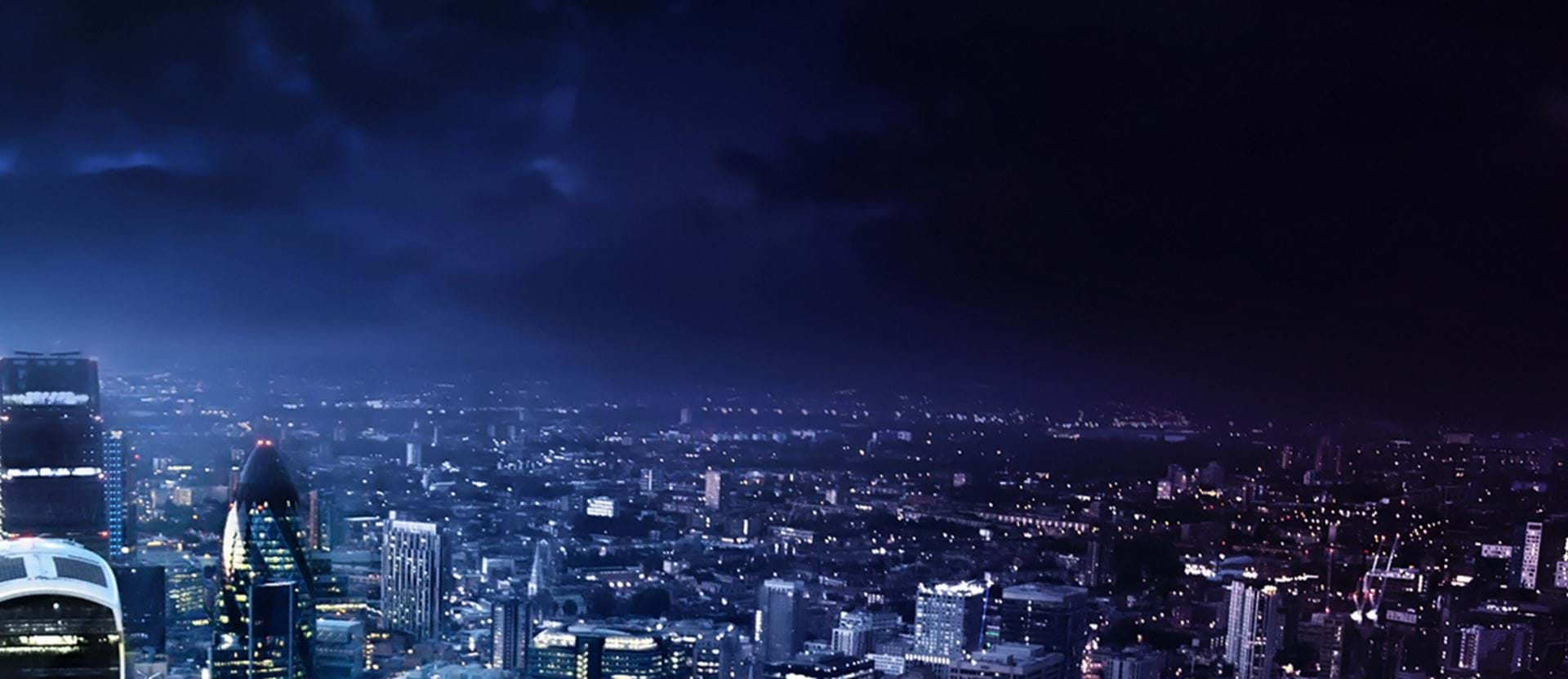
Get in touch
For more information, please call us on
+44 (0)1634 226 666